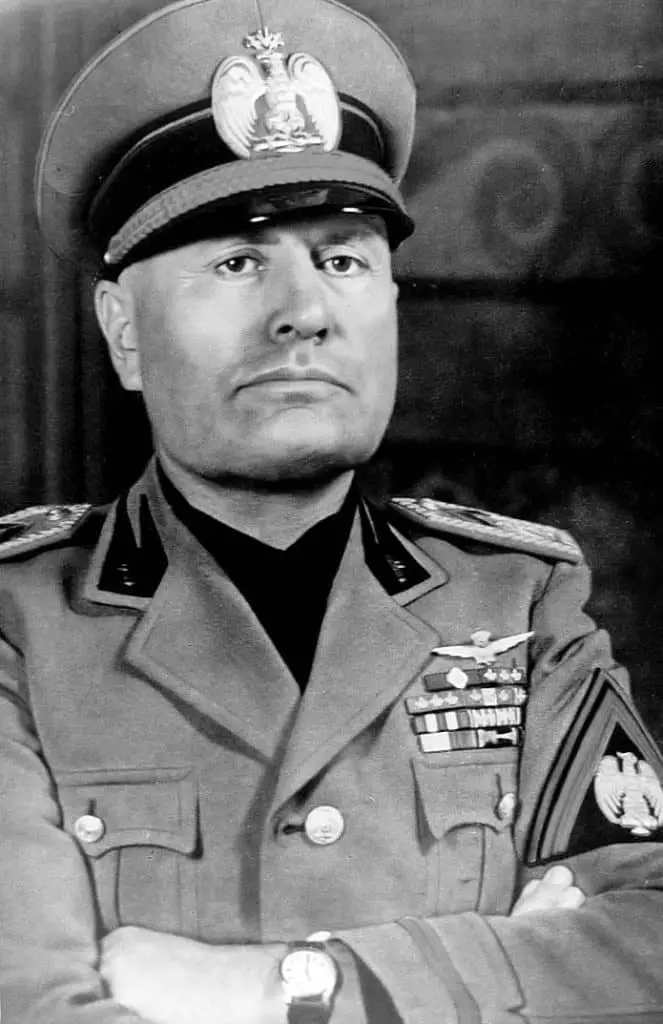
Japan and Italy were similar in the 1930s in that they had nominally democratic governments but were, in fact, lead by regimes that were indelibly influenced by fascism. “Japanese politics and ideology in the first half of the twentieth century were enmeshed in a dialogue with European fascism”. Hofmann argues, “Japanese politics and ideology in the first half of the twentieth century were enmeshed in a dialogue with European fascism”1.
Japan and Italy were part of a rising globalism of fascism that saw ideals spread and cross-pollinate between Europe and Asia, leading ultimately to the creation of the German-Italian-Japanese axis (3)
The rise of nationalism was another factor tieing the Japan and Italy. This was linked to the “Mussolini Boom” that happened between 1928 and 1931 in Japan. There was a “deepening and widespread sense in Japan that the nation faced a crisis of capitalism as represented by the failure of its existing politics to smooth over divisions in its society and economy” (2) . The people longed for a strong leader that can bring the nation together under a common set of clearly articulated ideals
Japanese intellectuals, including Shimoi Harukichi, came and went between Japan and Italy in the period, creating a dialogue of ideals. Shimoi tried to arrange for Mussolini to visit Japan. Mussolini did not visit but sent a message pointing out that he saw similarities between the Japanese idea of “Bushido” and the “Italian Fighting Spirit”2.
Japan and Italy in the 1930s also had similarities in the sense that they had both experienced severe economic crises. Japan was known for its “bubble economy” which is when prices were inflated so much that people couldn’t afford to buy anything and it led to an economic recession.
Italy had a similar experience with its own “economic bubble” when it experienced economic growth after World War I but then subsequently suffered from a deep depression.
The Japanese and Italian governments in the 1930s both faced economic crises and chronic military weakness.
The Italian constitution included a clause about how the country should be a republic; however, the government was not run as one. Prime Minister Benito Mussolini was able to rule with an iron fist, despite never being elected into office.
Japan’s Emperor Hirohito exerted great control over government policy; this included who would be appointed to the cabinet roles, which laws were passed, and what issues were addressed.
- The Fascist Effect: Japan and Italy, 1915–1952. By Reto Hofmann. Cornell University Press, 2015. 224pages.
- Gordon, A. (2016). [Review of the book The Fascist Effect: Japan and Italy, 1915–1952, by Reto Hofmann, and: Casualties of History: Wounded Japanese Servicemen and the Second World War by Lee K. Pennington, and: Grassroots Fascism: The War Experience of the Japanese People by Yoshimi Yoshiaki]. Monumenta Nipponica 71(2), 455-464. doi:10.1353/mni.2016.0057.
- HEDINGER, D. (2017). The spectacle of global fascism: The italian blackshirt mission to japan’s asian empire. Modern Asian Studies, 51(6), 1999-2034. doi:https://dx.doi.org.ezproxy.csu.edu.au/10.1017/S0026749X17000026
